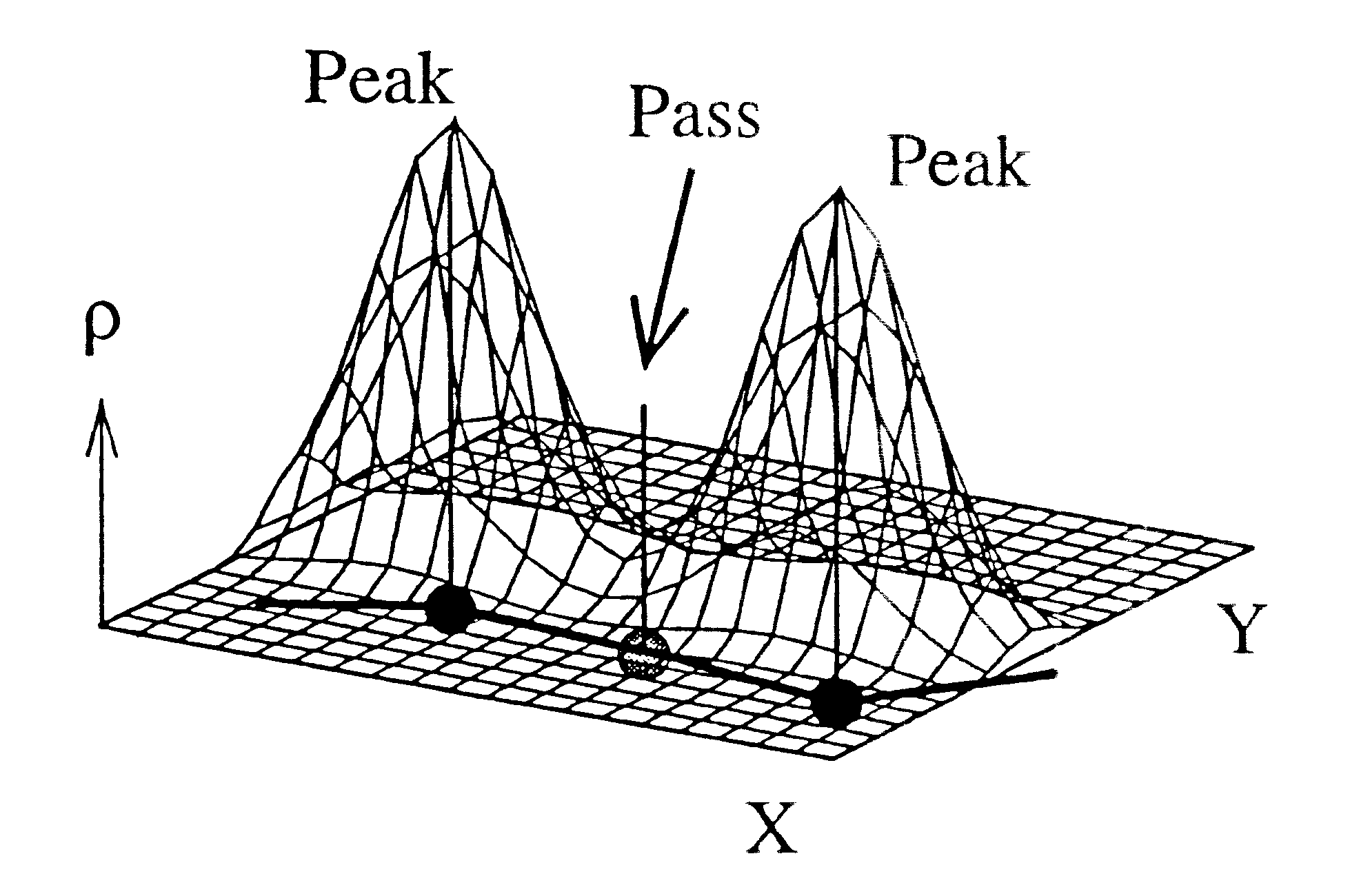Method and apparatus for determining multi-dimensional structure
a multi-dimensional structure and topology technology, applied in the direction of molecular structures, instruments, specific gravity measurements, etc., can solve the problems of insufficient information extraction accuracy, large time-consuming and laborious, and iterative approach to image reconstruction. a time-consuming process requiring substantial expert intervention
- Summary
- Abstract
- Description
- Claims
- Application Information
AI Technical Summary
Benefits of technology
Problems solved by technology
Method used
Image
Examples
example 1
This example relates to the application of image reconstruction processes to protein crystals.
Associated with interpretation of protein images is the ability to locate and identify meaningful features of a protein structure at multiple levels of resolution. This requires a simplified representation of a protein structure, one that preserves relevant shape, connectivity and distance information. In the present approach, molecular scenes are represented as 3D annotated graphs, which correspond to a trace of the main and side chains of the protein structure. The methodology has been applied to ideal and experimental electron density maps at medium resolution. For such images, the nodes of the graph correspond to amino acid residues and the edges correspond to bond interactions. Initial experiments using low-resolution electron density maps demonstrate that the image can be segmented into protein and solvent regions. At medium resolution the protein region can be further segmented into ...
example 2
Modelling electron density maps is an important step in the analysis of protein crystallographic data. Since the electron densities are only provided in a discrete array, there is much information (density values off the grid derivative information, etc.) that is not directly available, but that does exist, since the underlying electron density is a smooth function. By applying an interpolation model with appropriate characteristics, we can approximate the underlying electron density function and regain some of the lost information. The preferred principal characteristics we want in our interpolant are robustness and smoothness; however, there are techniques as will be recognized by those skilled in the art for using interpolants that are not entirely robust or smooth. The benefit of robustness is clear. The benefit of smoothness comes from the type of information we wish to extract from the electron density function after the interpolation.
Modelling Density Maps With Splines
A globa...
example 3
This example illustrates the Eigenvector following method and the gradient path following method for chain determination in low resolution X-ray studies of proteins
Background re Eigenvector following in Known Structures
The searching algorithms utilized for many years in topological studies of isolated atoms and complexes were based on the Newton-Raphson method. The Newton-Raphson method departs from a truncated Taylor expansion at a point x=x.sub.0 +h about X.sub.0 of a multidimensional scalar function:
where
.rho.--charge density
g--gradient of k at x.sub.0
H--Hessian matrix at x.sub.0
h--the step
In the Newton-Raphson search, h, is
which can be written in terms of the eigenvectors, V.sub.1, and eigenvalues, b.sub.1, of the Hessian:
where
is the projection of the gradient g along the local eigenmode V.sub.1.
The weakness of this searching algorithm is that you must have a good starting point. That is, should you wish to search for a peak (a maximum in the scalar function .rho.), but your sta...
PUM
 Login to View More
Login to View More Abstract
Description
Claims
Application Information
 Login to View More
Login to View More - R&D
- Intellectual Property
- Life Sciences
- Materials
- Tech Scout
- Unparalleled Data Quality
- Higher Quality Content
- 60% Fewer Hallucinations
Browse by: Latest US Patents, China's latest patents, Technical Efficacy Thesaurus, Application Domain, Technology Topic, Popular Technical Reports.
© 2025 PatSnap. All rights reserved.Legal|Privacy policy|Modern Slavery Act Transparency Statement|Sitemap|About US| Contact US: help@patsnap.com

